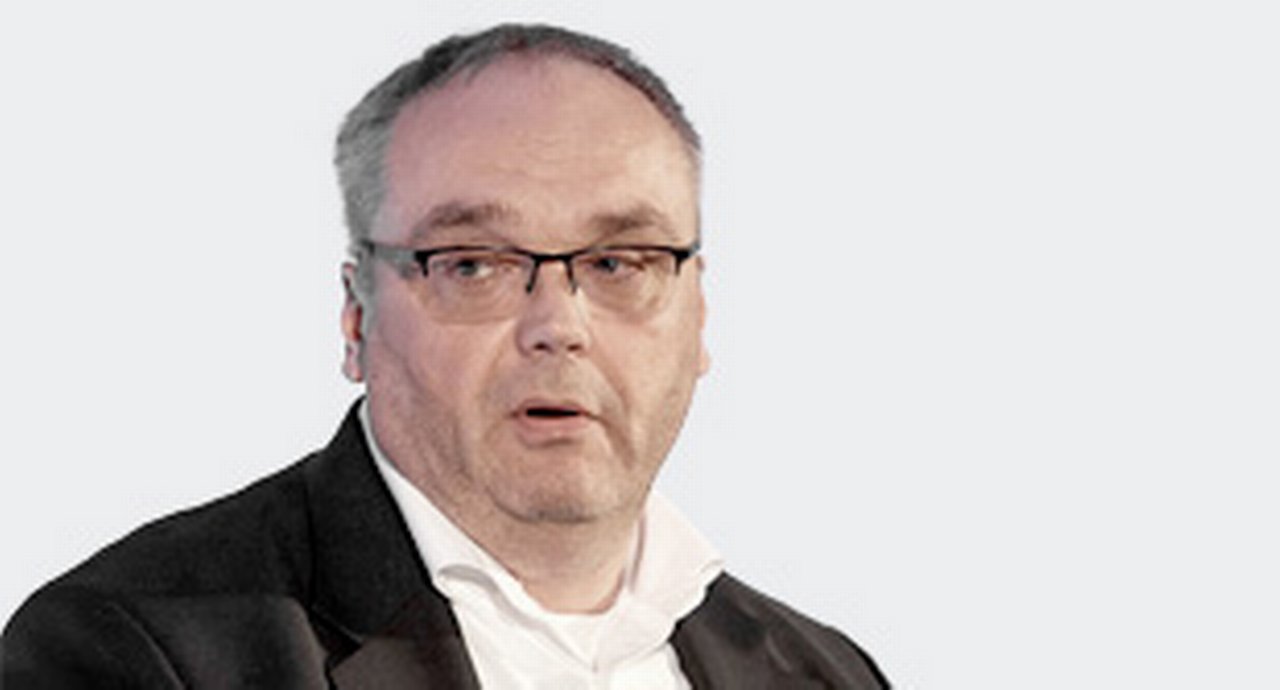29 November 2023
As part of a Web3 DLT Talents programme assignment, Deutsche Bank’s Monica Bolqvadze talks to Stefan Teis, Head of DLT & DA Services, Director Digital Asset Custody at Deutsche Bank about how banks are redefining custody in the digital age
MINUTES min read
Since the demand for digital assets outside the crypto markets is predicted to increase, it appears mandatory that banks must also engage themselves in the topic to be able to provide a “one-stop-shop” for their customers in the future.
To serve a trillion-dollar digital market, banks are heavily investing in the latest technologies, integrating DLT (distributed ledger technology) into existing platforms with a view to providing tomorrow’s banking. This interview with Stefan Teis was part of DLT Talents Programme and follows the 13 September 2023 article by Jennifer Mink with Sabih Behzad for the same programme.
Monica Bolqvadze: Currently, many promises have been made around the blockchain e.g. instantaneous and atomic settlement, absence of a TTP (trusted third party), direct interaction between the trade parties and so on. Now this is all theory, what does this look like in practice?
Stefan Teis: Let’s first look at the instantaneous atomic settlement i.e., Delivery versus payment (DvP) executed by a smart contract. Prerequisites would be a) both “legs” (security and cash) are available in token form; b) both parties have handed over the assets relevant for the DvP to the smart contract.
“While T+0 (instantaneous) settlement reduces settlement risk, it (in general) increases liquidity risk”
At this point, there are no generally accepted money tokens available which are being used on smart contract-based DvPs. Thus, the “cash leg” typically requires a work-around using traditional payment rails which slightly complicate the process. The community is working on tokenised money, be it CBDC, stablecoins, tokenised deposits or bank tokens. It is expected that the availability of tokenised money that is accepted for settlement between the parties will boost the adoption of tokenisation.
The move from traditional end-of-day settlement to instantaneous settlement clearly increases the requirements on the liquidity management of the counterparties since they need to provide "just in time" liquidity on a trade-by-trade basis as compared to end-of-day net liquidity. Thus, while T+0 (instantaneous) settlement reduces settlement risk, it (in general) increases liquidity risk.
When it comes to dividend payments, smart contracts could increase the efficiency of the process overall since the recipient of the dividends i.e., the beneficial owner of the security, or rather its blockchain public address, is known to the smart contract and payments can be executed efficiently – again, assuming that tokenised money is available. As the example of dividend payments shows, the reasons for banks integrating innovative technologies are not purely to unlock new revenue streams through new asset classes, but to a large extent to design existing processes in a new, more efficient manner. Other examples could be the reduction of settlement fail rates.
Presence of TTPs (trusted third parties) – For tokenised securities, applicable securities legislation applies as it does for traditional securities – with implications for trading these. According to the Central Securities Depository Regulation (CSDR), securities shall be recorded in book-entry form in Central Securities Depository, if traded on a MiFID trading venue (a regulated market, an MTF or OTF (Multilateral or Organised Trading Facility). Thus, legislation explicitly requires a TTP for such transactions. As such, transactions settled bilaterally without a TTP are only permissible for securities not listed on a MiFID trading venue – this will, generally speaking, reduce the supposed advantage of blockchains (direct transfer of security between trade participants without a TTP) to smaller private placements that are traded OTC.
Monica Bolqvadze: While some claim that there is no big difference in the custody of traditional and digital assets, could you detail some of the specifics?
Stefan Teis: From a technical point of view, there is a fairly large difference between traditional custody and digital asset custody. Whilst in the traditional custody model, the assets themselves are held by the custodian (in its systems), in the case of digital asset custody, the assets reside on the blockchain and custodians safekeep and manage the private keys on behalf of their clients necessary for moving or transacting with the assets. Thus, irrespective of regulatory requirements, custodians mitigate the "key loss risk" for their clients i.e., the assets would effectively be lost once the respective private keys are lost. This strictly holds for crypto assets, however, in case of assets where a TTP is required to record positions this might be different.
Monica Bolqvadze: Where do you see the necessity of integrating DLT into the Financial Institutions’ landscape?
Stefan Teis: Based on the immense future potential that is attributed to asset tokenisation, especially tokenised money and tokenised securities – I do not want to speculate on the potential relevance of other token classes for financial services – it seems to be logical for banks and especially for custodians of traditional securities to also enter the Digital Asset Custody space.
Assuming that there will be no "overnight" transition from traditional securities to tokenised securities, and assuming further that we will see a co-existence of traditional and tokenised securities in the future, I expect the custodians’ clients will demand integrated providers. This will in my opinion necessitate an integration between traditional custody and digital asset custody at some level.
Monica Bolqvadze: There is some uncertainty about operational and security issues and the banks’ ability to develop this kind of infrastructure - what are your thoughts on this?
Stefan Teis: Banks are well-positioned to develop an infrastructure for DAC (digital asset custody) services – being already regulated gives them an advantage.
The fact that depending on the legal and regulatory framework tokenised securities are often equivalent to traditional securities (depending on the legal and regulatory framework, e.g., German eWpG securities) and that the definition of CASPs and crypto asset services under MiCAR are quite similar to the definition of MiFID services, puts banks in my opinion in a good position to offer Digital Asset services.
Second, given the expected growth of the overall tokenisation space, incl. tokenised securities, it seems to be evident that banks will play a pivotal role in the future token ecosystems.
Clearly banks need to expand their technical capabilities and infrastructures towards blockchain technologies. However, looking at the current operating model of banks, which includes the build and the operation of large IT-platforms, I have no doubt that banks can expand their IT-platforms towards blockchain ecosystems.
Monica Bolqvadze: There should be no illusions in terms of fast and easy implementation – given the status-quo for banks to actively participate in the emerging token economy they need to integrate the existing technology and blockchain/DLT stacks, which will take some time and effort. The same is valid for banks’ process and business models, however, their adaptation will need to be pursed with banks’ usual scrutiny and diligence given their trusted role in the financial service industry.
This article was first published in October 2023 on medium.com by Monica Bolqvadze as part of DLT Talents – an initiative that fosters leadership in the blockchain, crypto assets and DLT space which empowers ambitious female talent.





